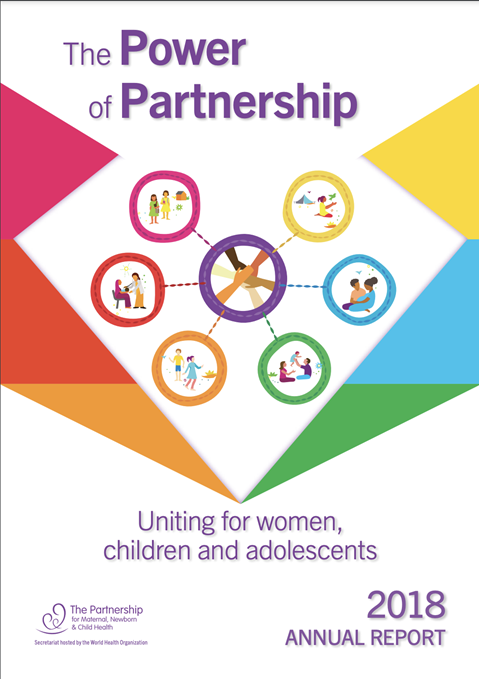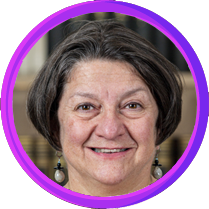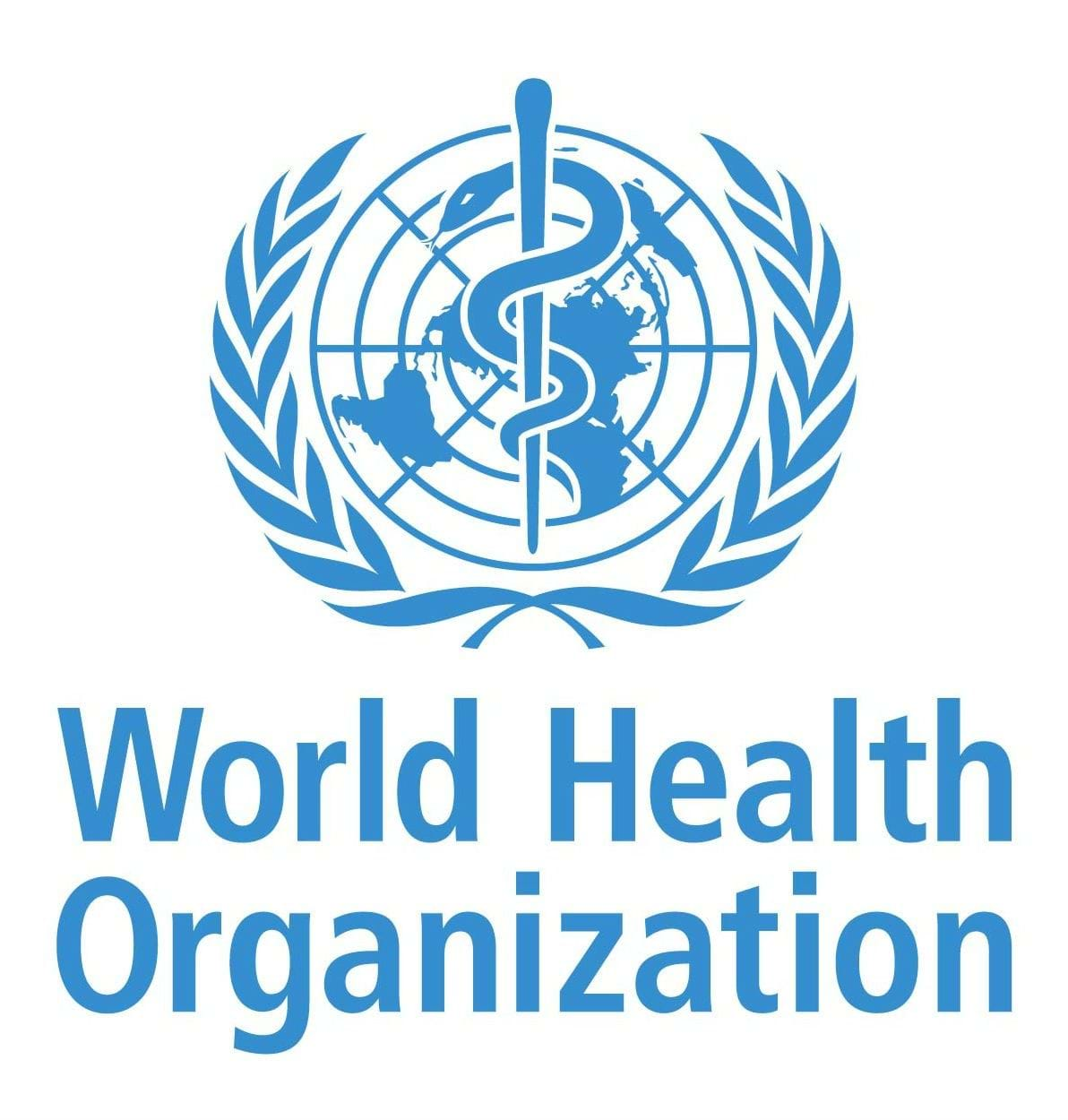PMNCH 2018 Annual Report

Overview

In April 2018, following the successful global kick-off event announcing that the Partners’ Forum would take place in New Delhi in December, amazing artists from Pipli (a village in India) began hand-stitching hundreds of conference bags, banners and posters to be displayed and distributed at the main event. The banners adorned the walls, their distinctive appliqué style adding vibrant colour and energy. I had the pleasure of meeting these artists, women who had carefully sewn every image, every letter, every rivet onto the banners and to the bags we gave to more than 1,600 participants who joined us in New Delhi. Each bag depicted one of the six focus areas of the Every Woman Every Child movement, representing the hopes and aspirations of women, children and adolescents, everywhere. Many of you took a bag home, and whichever theme you carry as you go about your daily lives, I hope it is an inspiration to you to play your part in making our shared vision come true.
Collective visions are meaningful only if we work together to achieve them. One of the Forum’s key themes was the importance of multistakeholder and multisectoral collaboration, supported by our 12 county case studies published in The BMJ. The studies, launched and discussed at the Forum, showcase how diverse sectors are deliberately finding new ways of collaborating and devising unique strategies to achieve shared goals. The studies give us real-world examples and lessons to incorporate into our work as we support progress towards the objectives of the Global Strategy for Women’s, Children’s and Adolescents’ Health and the Sustainable Development Goals.
Developing the case studies was also an exercise in partnership in itself. More than a year in the making, the published studies, chosen from a pool of over 300 submissions, were prepared by dedicated country teams and involved over 500 participants from the 12 countries. This huge project required a great deal of coordination: teams in countries, here at the Secretariat and at The BMJ all made it happen.
2018 also saw a milestone in planning and strategizing. We finalized our 2018-2020 Business Plan, honing in on better ways of operationalizing our mandate and partnership-centric approach to ensure active partner engagement, connectedness and coherence across all our work

.png?sfvrsn=6d0e27cd_1)



